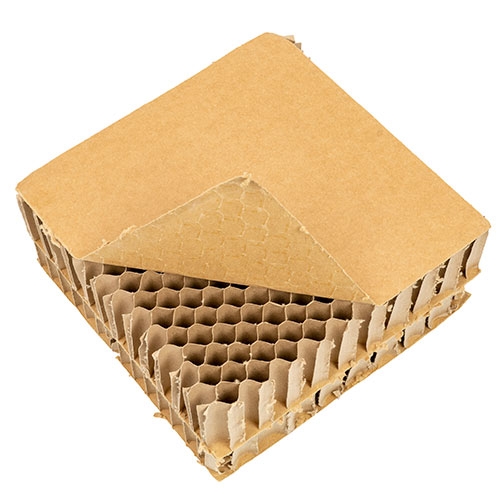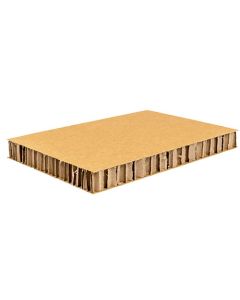Is cardboard biodegradable?

We responsibly recycle our cardboard products after use and think we’ve done our bit for the environment, but have we? The question has been raised as to whether cardboard is actually biodegradable. Even with the best intentions, our rubbish can often end up in the wrong place. Let's investigate cardboard, and see how we can ensure we're doing our bit for the planet!
What does biodegradable mean?
Before we can judge whether cardboard is biodegradable, it's important to know what that means. If something is considered biodegradable, it can be broken down by naturally occurring factors such as water, soil, sunlight, air or bacteria. As this process is free from man-made chemicals or toxins, the end product can be used again safely for things such as fertiliser. The good news is that cardboard is a naturally biodegradable product, so when you throw it away, you can trust that it will break down into mulch. If the cardboard item is free from water, oil or food residue, it can be safely and correctly placed in a recycling bin. However, the rate of degradation is influenced by various factors explored below.
Type of cardboard
A lot of cardboard products start out eco-friendly but are then heavily processed. Things like cups, plates and milk cartons are covered in other materials to stop products from leaking or soaking through. These types of cardboard are now more heavy-duty and take around five years to break down because they are designed to be water-resistant. On the other hand, corrugated cardboard is generally untreated and more susceptible to the elements, making it relatively quick to break down.
Condition of cardboard
The more the cardboard has been exposed to the elements, such as water, the faster the journey to decomposition occurs. Shredding or ripping apart the cardboard also speeds up the process. Once you have decided that your cardboard is biodegradable, there are two ways to dispose of it thoughtfully – composting or recycling. Neither option is 100% harmonious with the environment, but they each have their pros and cons.
Recycling
Recycling paper and cardboard reduces the need for another tree to be chopped down. However, recycling plants are huge polluters of water. Each recycled sheet of paper needs 10 litres of water to be produced, usually mixed with chemicals. And the water run-off? Right into the nearest water source. While this doesn’t sound like the better option, deforestation is a much bigger (and scarier) issue than the emissions produced from recycling.
Compost
Cardboard can be naturally broken down by the elements without leaving any toxins behind, making it a great addition to compost. It doesn’t even matter if the paper-based materials are soiled, which means if the cardboard you've used for a job has been exposed to water or oil, it can't be recycled but it can go directly into compost. To simplify, if your cardboard item is clean and unprocessed, you can consciously chuck it straight in with your recycling.
Advantages of using cardboard
1. As we’ve discovered, it’s biodegradable! Corrugated cardboard is the winner, taking less than one year to degrade. 2. It has very little impact on the environment. Compared to using other materials, the production of cardboard means up to 60% less CO2 emissions. Well done, cardboard! 3. Using cardboard cuts down waste generation because you can either reuse or recycle it. 4. After recycling, corrugated cardboard keeps its durability and doesn’t lose its quality – making it well worth the effort to recycle the product. 5. Recycling cardboard uses 50% less electricity and a staggering 90% less water than other resources, which means it’s an energy saver!
Where can we find corrugated cardboard products?
If you're working in construction, you may find it hard to replace your tried and true materials with more sustainable options. In truth, there are many eco-friendly cardboard products in the market specially designed to withstand the elements, high-pressure loading and impact force absorption. The Clayform brand boasts multiple products in its range which are ethically produced and innovative. The Biodegradable Sacrificial Formwork Sheet is one such product that can withstand pressure and force while being extremely lightweight, which helps with shipping fees. The honeycomb design cardboard, on the other hand, can replace traditional foam products. Both the formwork sheet and the formwork pod have the ability to support concrete loads during pouring. Plus, due to the degradable properties in the cardboard, it will break down over time, leaving a naturally occurring void. This void under the concrete reduces the risk of the foundation being compromised. To find out more about corrugated cardboard products, contact us at Jaybro today.

 Sign In
Sign In 




